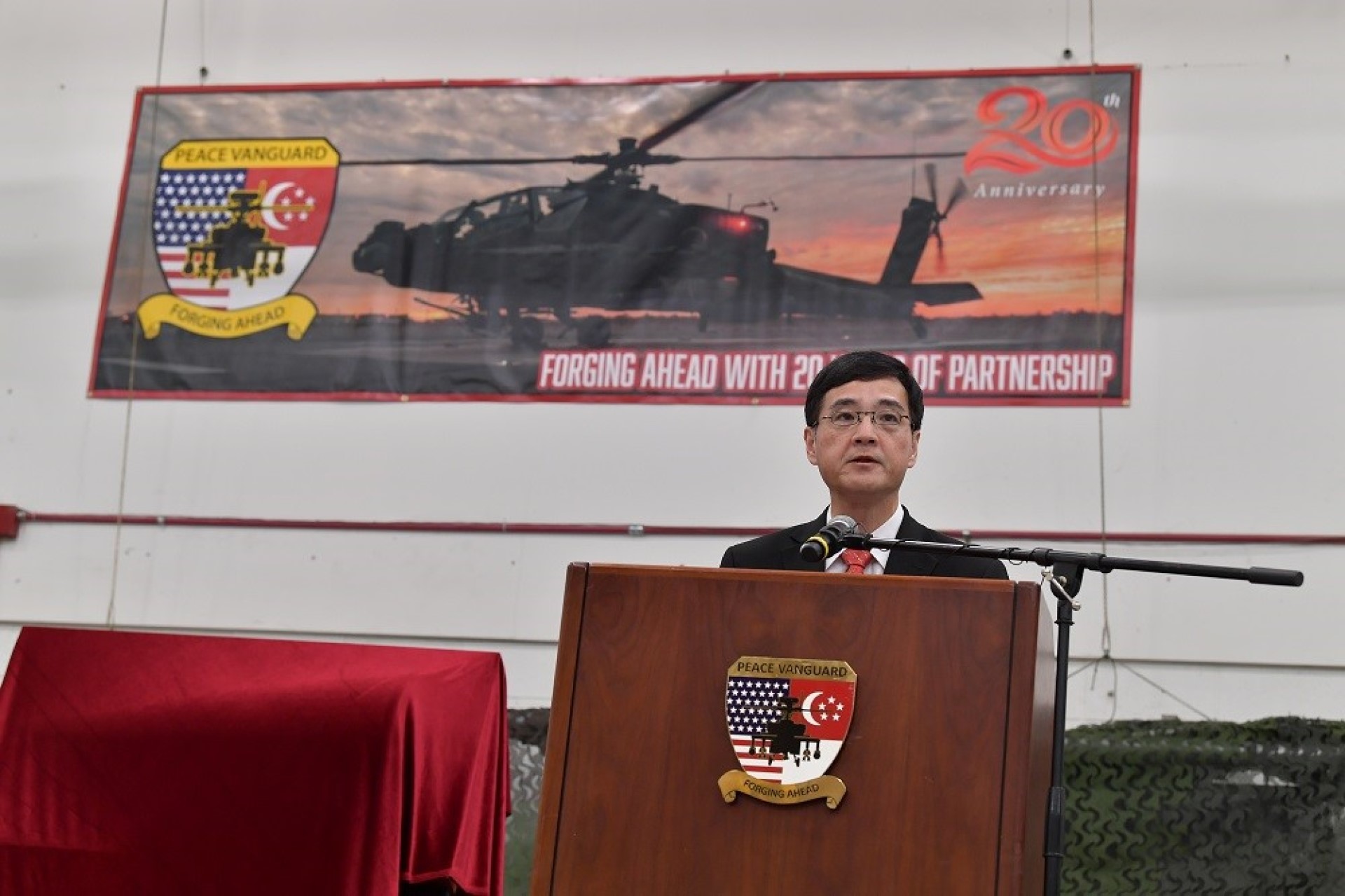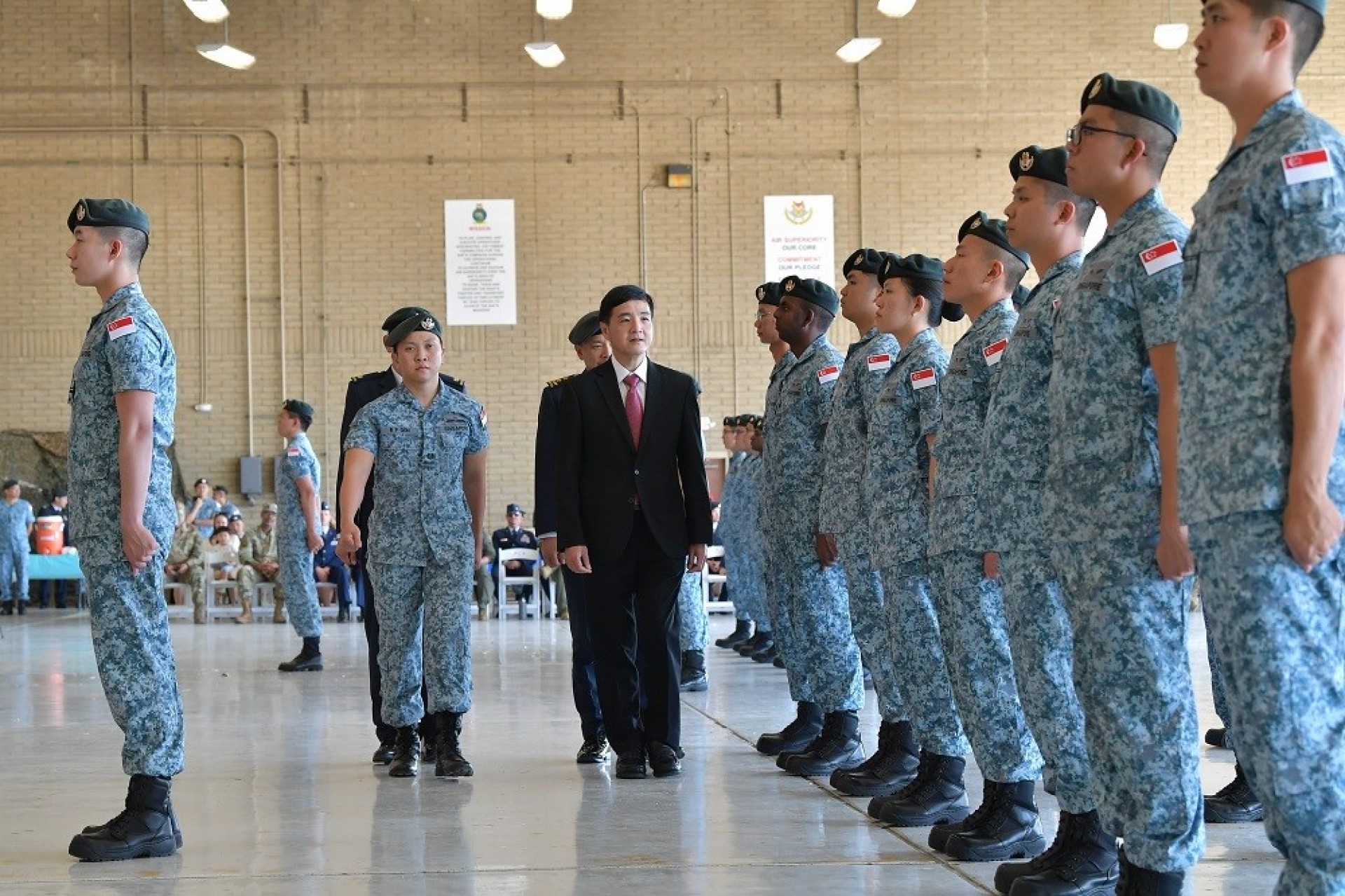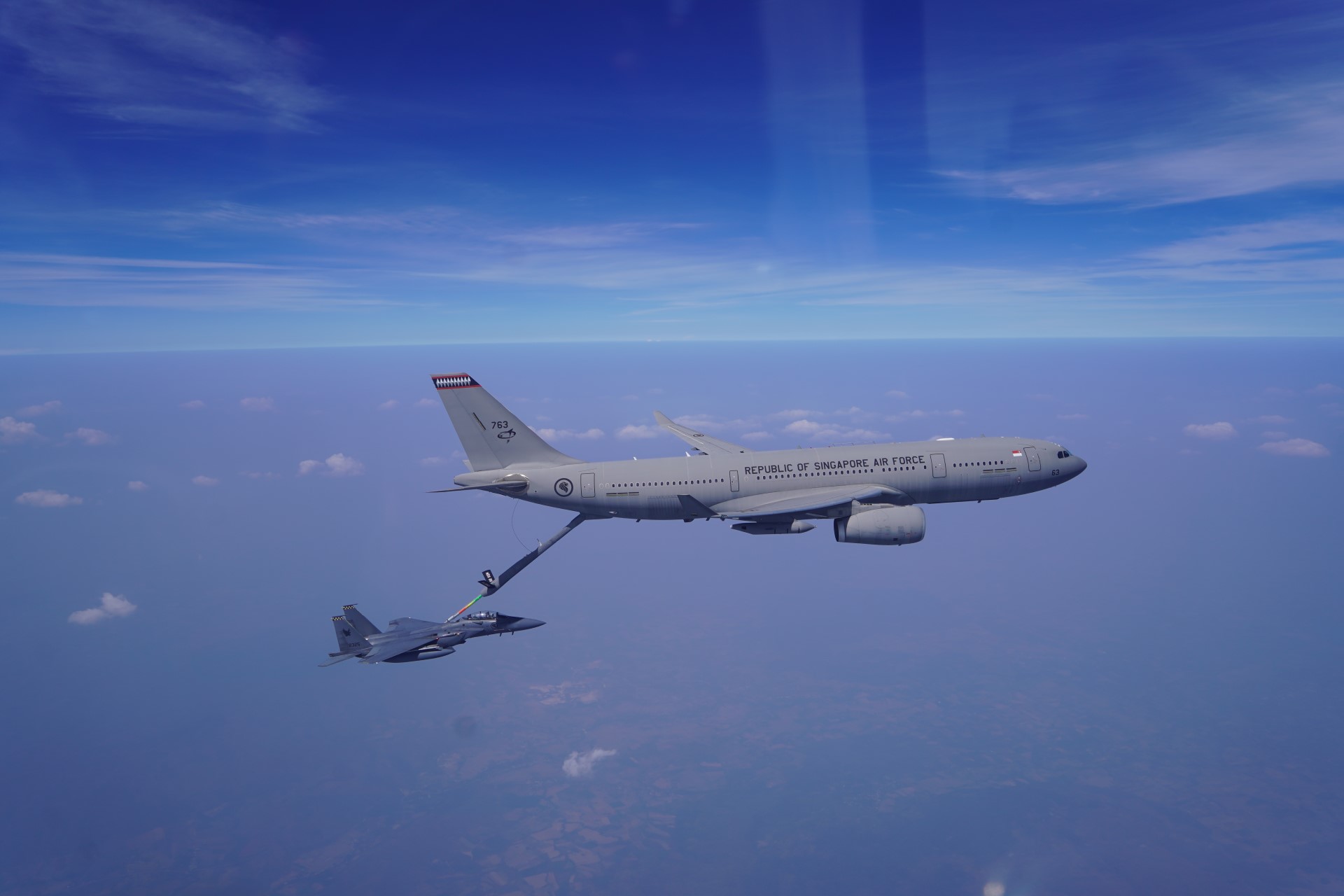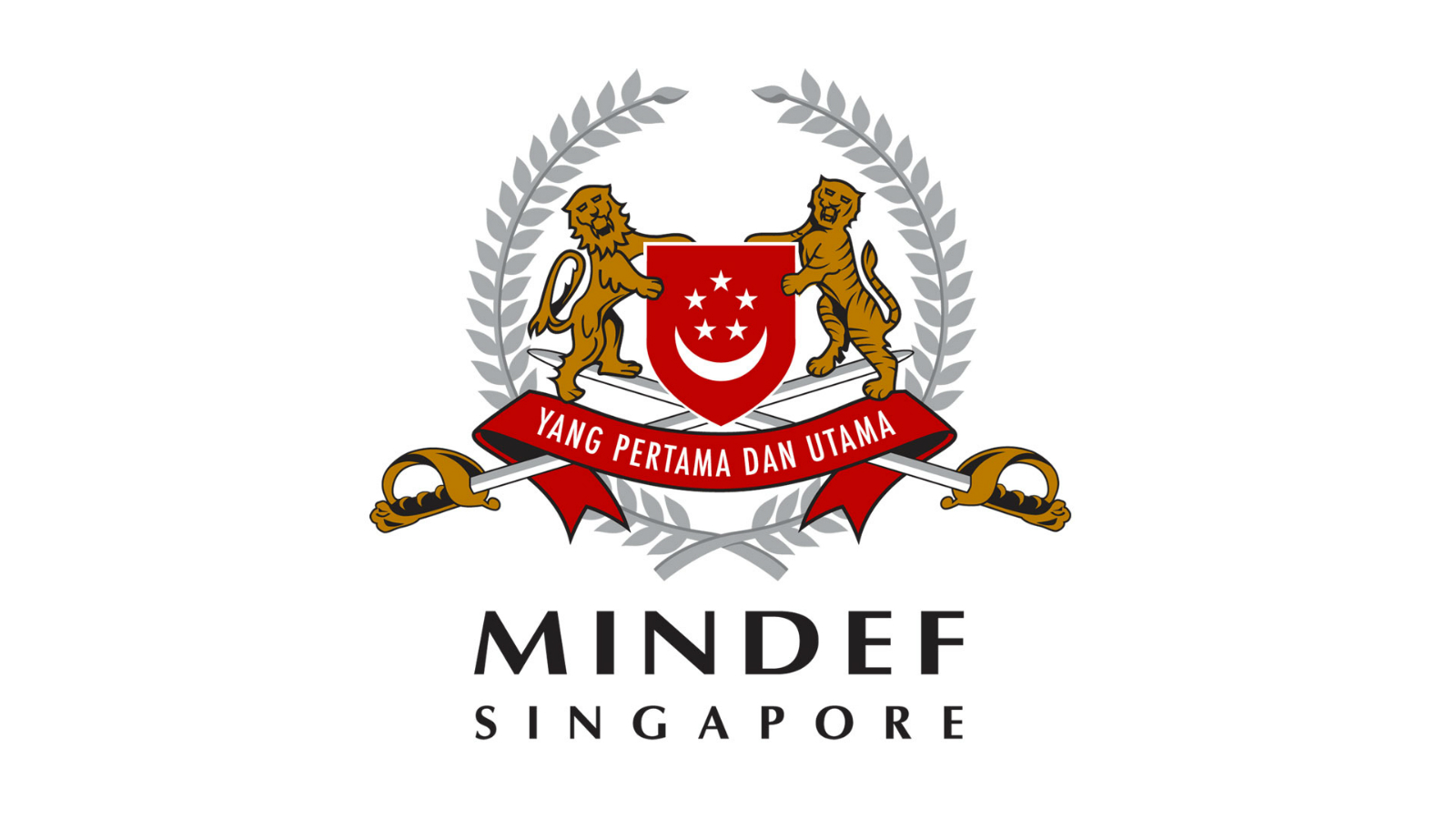 ">
">
 Keynote Address by Mr Neo Kian Hong, Permanent Secretary (Defence Development) at the 2018 Singapore Aerospace Technology and Engineering Conference (SATEC)
Keynote Address by Mr Neo Kian Hong, Permanent Secretary (Defence Development) at the 2018 Singapore Aerospace Technology and Engineering Conference (SATEC)
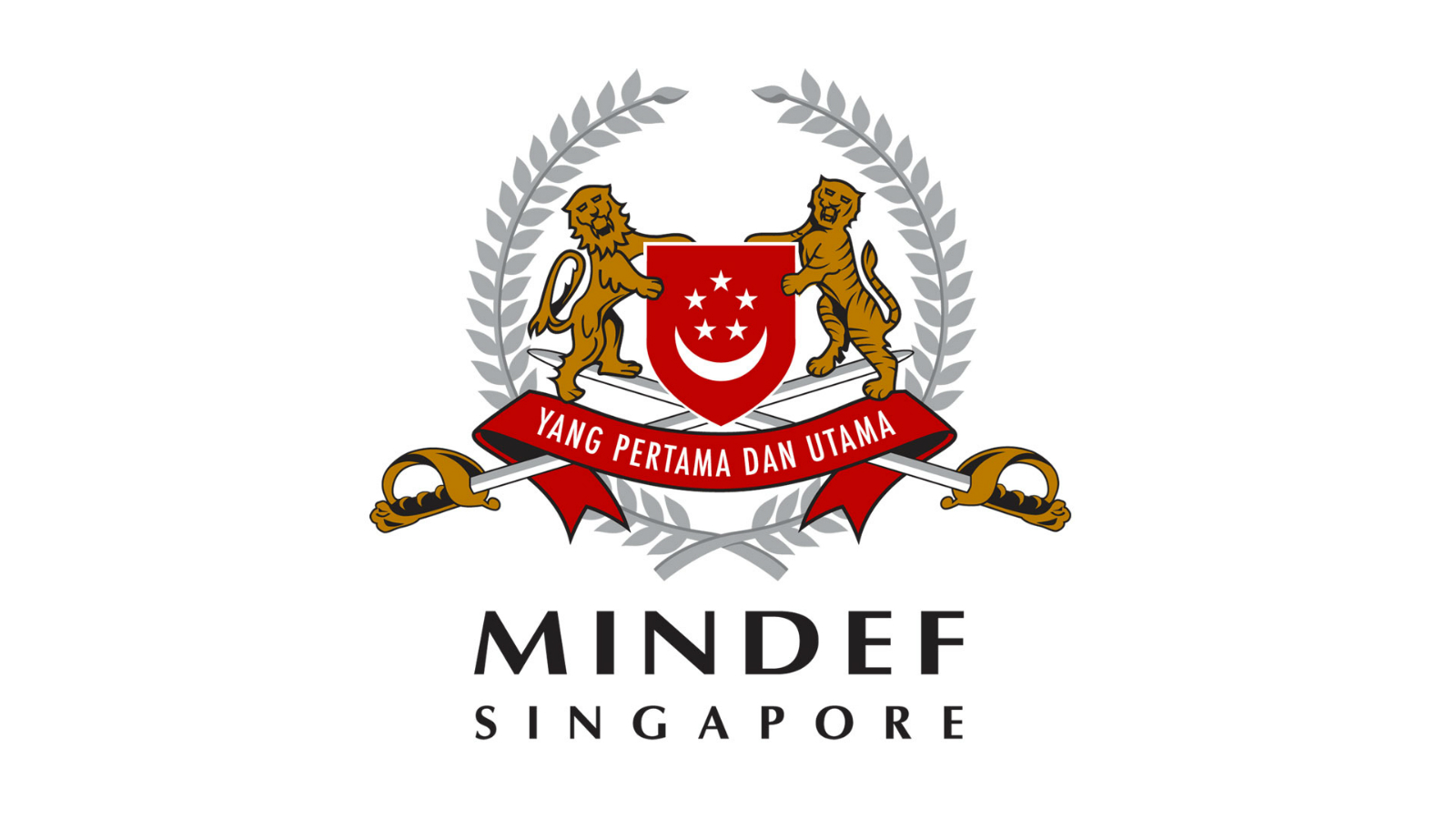
 ">
"> Distinguished Guests,
Ladies and Gentlemen,
And especially to our guests who are from overseas who have made the trip here,
Welcome to this conference. We are on the 8th edition of this biennial conference. Let me congratulate ME8 Francis Cheong, Head Air Engineering and Logistics, and Mr Lim Yeow Khee, President Singapore Institute of Aerospace Engineers, for co-organising this conference.
OUTLOOK FOR THE AEROSPACE INDUSTRY
The outlook of the global aerospace industry is good. Expected growth is fuelled by the strengthening global economy, low fuel prices, and strong demand for travel and freight. And over the next two decades, some 41,000 new aircraft are expected to be delivered. On the defence side, new security threats, projected increase in defence spending by the new US administration, and regional powers such as China, India, Japan and Saudi Arabia will drive the defence sector's growth.
Here in Singapore, we have benefited from the rapid growth in the global aerospace industry. We have a competitive aerospace industry that includes manufacturing engineering, maintenance repair and overhaul (MRO), and R&D. Singapore's aerospace industry has grown at an average of 8.6% over the last 20 years, and it is expected to continue to expand.
While the prospects of the aerospace industry are good, the landscape is changing quickly. The industry faces increasing pressures of shorter development cycle and a demand for efficiency and cost effectiveness. Disruptive technologies are emerging and innovations will feature more prominently in the way ahead. So the conference theme of "Shaping Aerospace through Innovation" is very apt for today's discussions.
In the last few months, I visited the defence and aerospace companies and the MRO companies and received good updates from them. So for this morning's remarks, I would like to share some observations that we see in the industry. Let me just touch on three areas: cost pressures, emerging demands, and the impact of new technologies.
COST PRESSURES
While the pie for the aerospace industry is growing, market conditions are changing and there are tremendous cost pressures. We see firstly, new players from emerging markets entering the industry, for example, the growth of the China and India aerospace industries. Secondly, traditional players are moving into other sectors of the value chain, for example, aircraft OEM expanding into MRO services. Thirdly, shorter development cycles, increasingly complex technology, and higher R&D costs.
The militaries also feel the budget squeeze and we will hear the term "sustainable defence spending" quite frequently; and the growing spectrum of mission requirements calls for a balance between sustainment cost and investment in new capabilities. Normally when you look at the total cost of ownership of platforms, 30% is in the capital; 70% is in sustaining it. And when we talk about innovations; the expected innovations in these two areas, obviously we will attack the 70%. We will probably find some good solutions. And some of the things that we will are going to discuss today I am sure will cover innovations in these areas.
So even with expanding mission demands and a need to continue enhancing our defence capabilities, the Singapore Armed Forces (SAF) is mindful to keep the defence budget's growth to within our GDP growth rates. This means that the SAF has to be innovative in "stretching our defence dollar", and it has to adopt new cost management strategies and operating models. For example, the EC120 helicopters used in the RSAF Rotary Wing Course are not owned by the Air Force, but are owned and maintained by ST Aerospace. This "lease-to-train" model allows the RSAF to reduce operating cost, and focus on training.
Globally, the militaries are also moving away from traditional ownership and sustainment models. The Multi-Role Tanker Transport project initiated by the European Defence Agency is an innovative approach to reduce acquisition and O&S costs. The project is funded by Germany, Norway, Netherlands and Luxembourg, and all participants have exclusive rights to use these NATO-owned transport aircraft in a pooling arrangement.
The F-35 programme also gives an idea of what is to come, where different partnering nations and OEMs come together to jointly develop a new weapon system. And the F-35 regional warehouse concept is also an innovative sustainment model. The pool-sharing of spares and logistics assets aims to maximise fleet availability, while lowering O&S cost for the F-35 operators. So the militaries will continue to look towards the commercial sector as well for best practices and cost-management strategies.
EMERGING DEMANDS
In the evolving market, there are also new demands. They include the next-generation aircraft, advanced manufacturing and maintenance equipment, niche defence capabilities, and cyber security for aviation assets.
Over the next 20 years, 40% of new aircraft delivery will be for replacement. Operators will seek more fuel-efficient, maintainable aircraft. Armed forces will need specialised capabilities, such as advanced surveillance capabilities, radar-evading capabilities, and information technology. Both commercial sectors and militaries are also increasingly concerned about cyber security in this what we call "internet of things" age.
The waves of cyberattacks that hit critical infrastructures in Europe last year, in particular the malware attacks on Ukraine's Odessa airport, show that critical ground and flight systems can be vulnerable. Cyber security is now a higher priority compared to a few years ago.
Customers' expectations for after-sales support are also shifting. The introduction of new aircraft models will change the demands on the MRO market. Newer aircraft will be cheaper to maintain but may need more sophisticated maintenance capabilities.
Customers will also expect integrated solution to optimise performance and life cycle cost of their assets. So Performance-based logistics (PBL) will become more popular and industry players need to provide total integrated solutions that are cost effective, while maximising readiness.
The recent restructuring of Boeing Global Services is an attempt by Boeing to leverage OEM platform knowledge and business resources to meet the changing expectations of customers, and customers are increasingly seeing platforms as services.
With big players who can leverage proprietary engineering data to service aircraft, what does it mean for MRO companies? Traditional MRO companies must find a way to collaborate and value-add.
For example, ST Aerospace has developed digital capabilities, such as data analytics to enable predictive maintenance, additive manufacturing of aircraft cabin parts, and collaborative robotics for engine repair and manufacturing. These efforts are targeted to improve fleet availability while reducing costs.
LEVERGING ON NEW TECHNOLOGIES
Let us move to the area of new technologies.
With the 4th industrial revolution (IR), new technologies that can be exploited in many parts of the aerospace value chain. Data analytics allows maintenance intervals to be more accurately determined, enabling the shift from preventive maintenance to predictive maintenance.
Advances in sensor technology will enable early identification of structural and component failures. For manufacturing, the adoption of technologies such as robotics have improved quality and productivity.
For example, to manually install rivets on aircraft fuselage, the fuselage would have to be rotated so that mechanics would be able to access the riveting locations. But with robots, the fuselage can remain in the same position, because robots can reach and work at challenging angles.
Advances in aircraft maintenance, and the ability to incorporate the latest flight systems provide users the option of extending the operational life of the aircraft. For example, the RSAF chose to upgrade its F-16 fleet. The mid-life upgrade is a lower cost alternative compared to replacing the F-16 with a new fighter platform.
On the commercial front, ST Aerospace has also ventured into developing passenger to freighter conversion solution to create new market opportunities; basically stretching the use of the platforms.
Advances in flight simulators will allow for more ‘live' training to be substituted by high fidelity simulator training. This will accelerate pilot training, while driving down training cost. For example, the F-35 full mission simulator allows for as much as 55% of the initial flight training to be done virtually. And in comparison today, only about 40% of the initial qualification for F-16 can be conducted through simulation.
Additive manufacturing technology is also poised to revolutionise the aerospace industry. Although the adoption of 3D printing in aerospace is still fairly nascent, 3D printing has the potential to lower manufacturing costs and enhance the design process.
Many will exploit technologies and acquire new capabilities. This will mean significant reinvestments in the coming years. Reinvestments in the form of technology development and acquisition will provide companies with the opportunity to diversify their revenue streams by developing new solutions and services for the market.
For example, in the past year, I have seen A*STAR, Rolls Royce, and Singapore Aero Engine Services investing up to $60 million in a joint lab to develop smart manufacturing technologies. SIA Engineering is also pursuing a $50 million initiative to push for automation, including 3D printing for aerospace MROs.
All these investment efforts are aimed at greater productivity, costs savings and business competitiveness across the local aerospace industry.
Unmanned aircraft systems (UAS) will be a key feature in the future of the aerospace landscape. The UAS market has consistently grown over the last two decades, and UAS is becoming central to regular functions of businesses and governments, for example, cargo delivery, geographic mapping, infrastructure inspection, law enforcement and border control surveillance. A total of US$100 billion is expected to be spent on UAS between 2016 and 2020.
The UAS technology will continue to evolve; the next-generation UAS is already underway. They will have built-in safeguards, self-monitoring capability, greater integration with manned platforms, and the ability to fly without relying on GPS. The growth of the UAS market will create opportunities that the aerospace industry must exploit, but they also present challenges that must be overcome, for example, civil safety and airspace regulations.
For the military, new concepts of operations will see more manned and unmanned integration and collaboration, and wider proliferation of military applications.
CONCLUSION
Let me conclude. The aerospace industry continues to be a growth sector – that is the good news – but competition in this lucrative sector will intensify.
So what does the customer want?
They want low prices. Some realise that what they want is not necessary the platform but the service. So some say that they want the milk and not the cow. And they do not mind even if they do not own the platforms. They prefer to pay power by the hour. And if they have the platform, they prefer to stretch and maximise the use to get more mileage out of it.
For replacement platforms, they hope that they are designed and manufactured at lower costs, and cheap to maintain with the use of data analytics. Spares are pooled if possible to keep holding costs down. Removing the man from the platforms is increasingly attractive to keep prices down, and we will see more of UAVs.
In a bid to keep to tight defence budgets, even the militaries are learning from the commercial world. They are prepared to contemplate not owning assets. In fact, some even say that JSF model looks more like a leasing model in concept.
You may have heard of product teardown analysis. In product teardown, companies will disassemble products to identify key cost drivers or value features to develop. The real value of such a process goes beyond the physical teardown. It comes from how we question, analyse and ‘dissemble' existing models or strategies to examine their relevance and effectiveness.
Thus, innovation is needed to keep costs down. Through new technologies, we expect innovations in manufacturing and engineering, innovations in manufacturing and maintenance in business models. We would have heard of the term revolution in military affairs and how it has changed how militaries operate.
Maybe we are seeing a revolution in industry affairs that will drive much change in the aerospace industry going forward.
On this note, I wish you a very fruitful conference and for our guests from overseas, we also hope that we are making you comfortable and that you find it a fruitful outing here in Singapore. Thank you very much.
